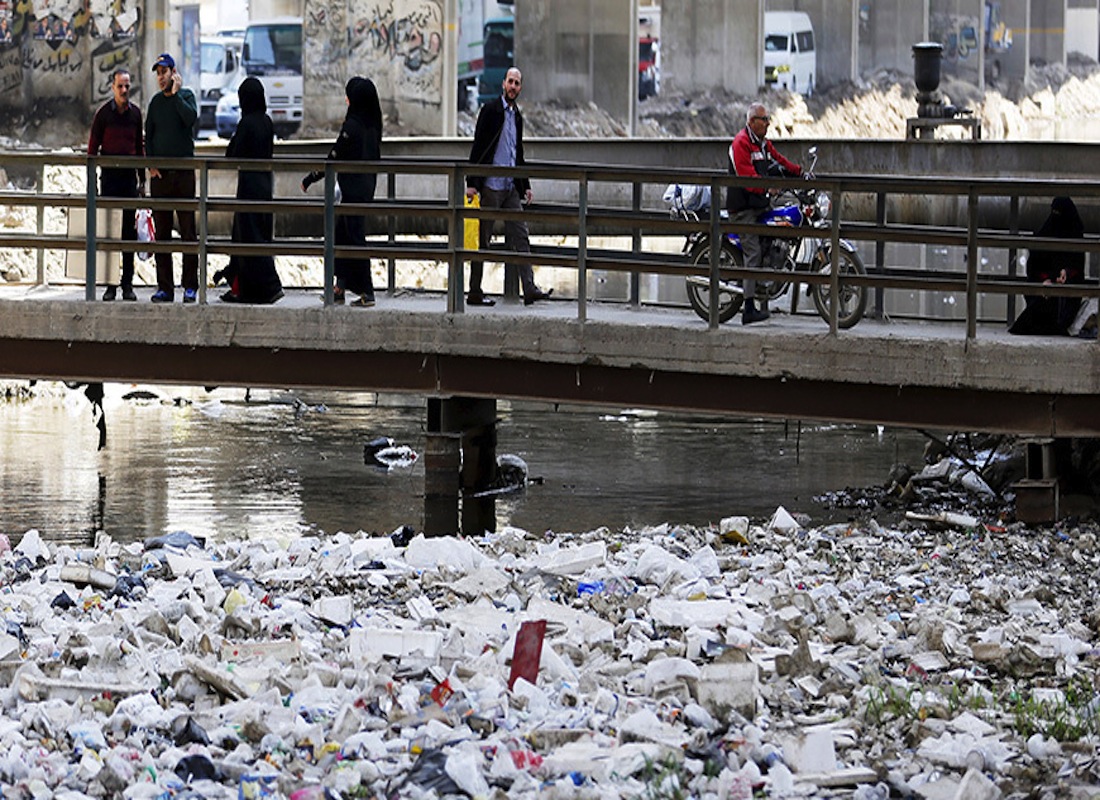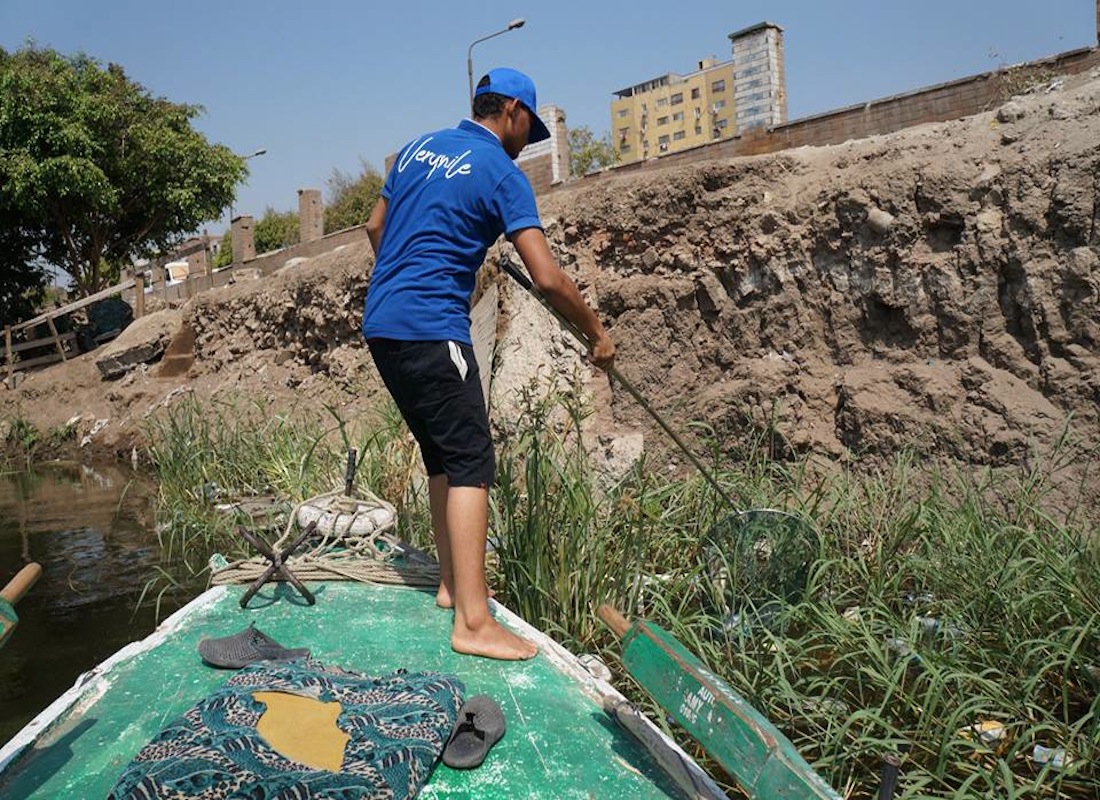
When the most common diseases in Egypt are reported to be bacterial diarrhoea, typhoid fever, and schistosomiasis – which all have a connection to unsafe water and poor sanitation – then it is clear that the focus must shift towards one source: the Nile.
Since the times of the ancient Egyptians, the Nile has always formed the main water resource of Egypt, with more than 90% of the population living adjacent to or rely directly on the Nile and its delta.
However, with the country’s rapidly growing population, climate change and poor garbage and pollution management, the river has become disposed of contaminants that threaten the lives of many.
In 2017, former Minister of Environment Khaled Fahmy asserted that pollution in the Nile is still below danger levels in line with international standards, despite there being pollution spots and factories that discharge wastewater into the river.
Moreover, in the same year, head of the Ministry’s Central Department for Environment Monitoring Dr Mahmoud Allam noted that the number of direct polluting facilities has dropped from 102 to only nine, and that the problem now only comes from indirect pollution caused by wastewater treatment plants.
On the one hand, according to an overview of the water quality assessment of the Nile, the pollutants discharged into the Nile are often strongly diluted, and as such, mid-stream conditions are still seen to be at a fairly clean level. In most examined samples, for instance, residues of organo-chlorine pesticides were detected at levels below the limit set by the World Health Organisation for use as drinking water.
Nevertheless, it is important to point out the parameters used for measurement are often limited and that many areas may contain a higher concentration of pollutants than others, such as Lake Maryut and Lake Manzala, which receive a high number of pollutants from agricultural drainage.
“Reports about water pollution are not correct,” Health Minister Hatem el-Gabali once told IRIN, as other studies dismissed by the government have revealed high levels of toxins that surpassed international standards.
In cities where industrial activities are concentrated, such as Cairo and Alexandra, industrial wastewater contributes most pollutants to the river, ranging from chemical industries, to textile, spinning, steel and mining industries.
According to one assessment, lead and cadmium were detected in finished drinking water of four treatment plants in greater Cairo between 1993 and 1994, with levels of 29.6µg l −1 for lead and 4.15µg l −1 for cadmium, yet another one found the concentrations 14 and 24 times greater.
Drainage water seeping from agriculture fields is also a major source of pollution, receiving large parts of salts, nutrients, pesticide residues, pathogens and toxic organic and inorganic pollutants. El-Kabbany found in his article the presence of 16 organochlorine pesticides in most of the water samples, and El Gendy concluded that residues of organochlorine insecticides and polychlorinated biphenyls (PCBs) were highly concentrated at Kafr El Zayat city and the Rosetta branch.
Another important source of pollution is plastic, as a recent study by the World Economic Forum showed that most of the plastic that goes into the oceans starts in rivers. Of the 10 rivers where 90% of the plastic comes from, eight of them are in Asia, while the two other rivers are in Africa: the Nile and the Niger.
“VERYNILE” INITIATIVE BY BASSITA
Bassita, an Egyptian startup that specialises in social media campaigning, launched an initiative this year called “VeryNile” to drive the largest cleanup means of large-scale and efficient removal of plastic pollution from aquatic ecosystems.

They partner with fishermen to collect trash on a daily basis and provide them with extra revenue for every kilo of trash they remove from the river. They also regularly organise awareness events and online campaigns to promote the protection of rivers and oceans.
The aim of VeryNile’s first event on December 15th is to join a coalition of partners willing to take drastic measures to save the environment: 200 volunteers from more than 20 organisations including governmental entities, NGOs, private sector, and the media to raise awareness about pollution of the Nile.
“How are we going to get rid of all of that plastic? VeryNile’s mission is to create highly efficient removing tools such as floating dams or cleaning robots. But all that would be useless if we don’t stop throwing plastic everywhere,” says Salem Massalha, co-founder of Bassita.







Comments (3)
[…] In Egypt, when the most common diseases are reported to be bacterial diarrhoea, typhoid fever, and schistosomiasis, all of which have a connection to unsafe water and poor sanitation, then it is clear that the focus must shift towards one source: the Nile. […]
[…] Just How Polluted is the Nile? Egyptian Streets […]